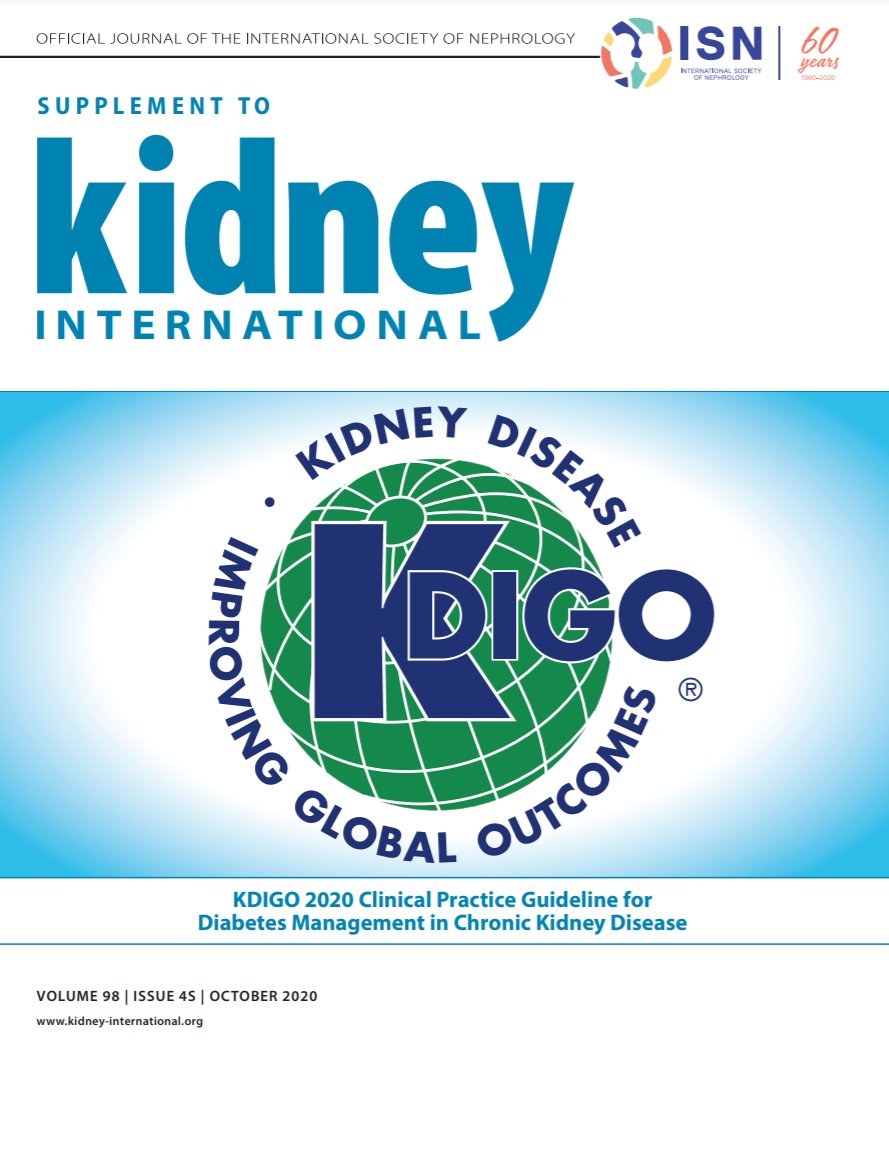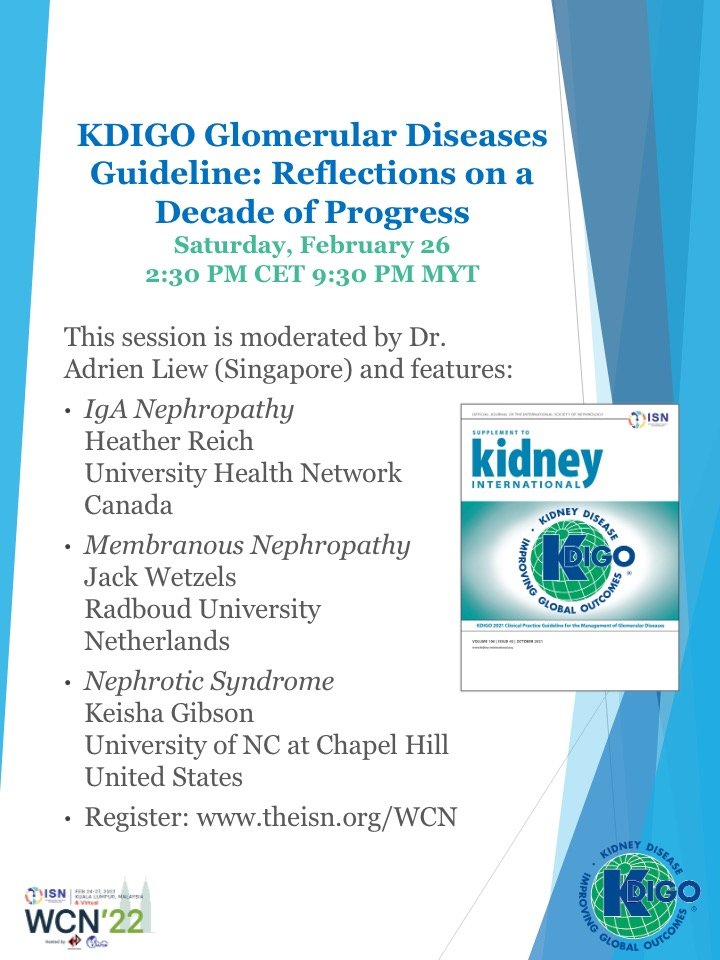Tweetorial: @goKDIGO Level 2B Recommendation - We suggest that adults w/ high BP & CKD be treated with a target SBP <120, when tolerated, using standardized office BP measurement (1/9) #Nephpearls
👉 kdigo.org/guidelines/blo…

👉 kdigo.org/guidelines/blo…


There is evidence that targeting SBP <120 when measured under standardized conditions, reduces CV events & all-cause mortality in CKD
📌 In most people w/ high BP (incl. frail & elderly), these benefits appear to outweigh the risks of harm (hypotension & AKI) (2/9) #Nephpearls

📌 In most people w/ high BP (incl. frail & elderly), these benefits appear to outweigh the risks of harm (hypotension & AKI) (2/9) #Nephpearls


There is however, some uncertainty that the benefits outweigh the harms in certain scenarios (3/9) #Nephpearls
👉 kdigo.org/guidelines/blo…

👉 kdigo.org/guidelines/blo…


If the patient cannot tolerate SBP <120 despite a slow, gradual decrease in SBP over months, efforts should be made to maintain SBP <130, <140, or an even higher tolerated SBP goal (4/9) #Nephpearls
Individualization based on trial and error prevails, as in many aspects of medical practice (5/9) #Nephpearls 

The importance of standardized BP measurement when applying this guideline cannot be overemphasized (6/9) #Nephpearls
📌 Routine, non-standardized office BP measurements often, but not invariably, overestimate BP compared to measurements under standardized conditions
📌 Routine, non-standardized office BP measurements often, but not invariably, overestimate BP compared to measurements under standardized conditions

No correction factor can be used to convert routine BP to standardized BP measurement by calculation (7/9) #Nephpearls
Why no target DBP? (8/9) #Nephpearls
Wide pulse pressure (common in CKD) implies that achieving SBP <120 will almost certainly result in DBP <70 in the majority making a separate DBP target redundant
Literature on RCTs targeting DBP w/ clinical outcomes is scarce (esp. in CKD)
Wide pulse pressure (common in CKD) implies that achieving SBP <120 will almost certainly result in DBP <70 in the majority making a separate DBP target redundant
Literature on RCTs targeting DBP w/ clinical outcomes is scarce (esp. in CKD)
One should not rely on routine office BP to adjust BP-lowering therapy (9/9) #Nephpearls
📌 It should be noted that @HTNCanada recommends an SBP target <120 using standardized BP measurement consistent w/ @goKDIGO guideline
Table created by @hswapnil
onlinecjc.ca/article/S0828-…

📌 It should be noted that @HTNCanada recommends an SBP target <120 using standardized BP measurement consistent w/ @goKDIGO guideline
Table created by @hswapnil
onlinecjc.ca/article/S0828-…


How did @goKDIGO BP Guidelines compare with the ACC/ AHA Hypertension Guidelines? #Nephpearls
👉 kdigo.org/guidelines/blo…
👉 kdigo.org/guidelines/blo…

In ADPKD, as compared w/ standard BP control, rigorous BP control was asso. w/ slower increase in total kidney volume (TKV), no overall change in eGFR, a greater decline in LV mass index, and greater reduction in urinary albumin excretion #Nephpearls
nejm.org/doi/full/10.10…


nejm.org/doi/full/10.10…



• • •
Missing some Tweet in this thread? You can try to
force a refresh






































